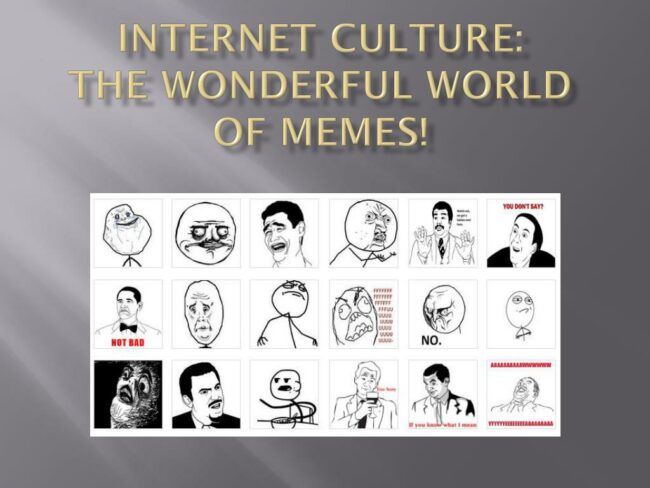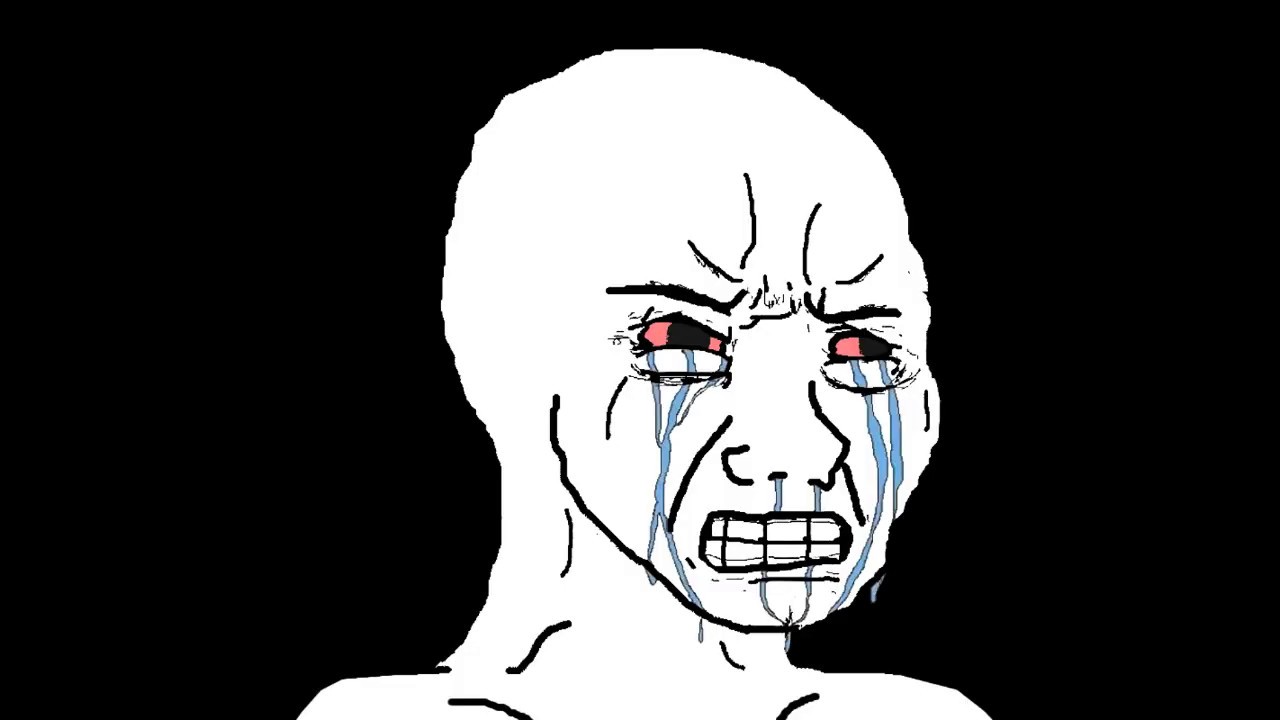Introduction In today’s world, where communication is often fast, visual, and brief, meme faces have become an essential part of how we express ou
Introduction
In today’s world, where communication is often fast, visual, and brief, meme faces have become an essential part of how we express ourselves online. Whether it’s reacting to an awkward moment with a confused face or celebrating a small victory with a smug grin, meme faces say what words sometimes can’t. They’re emotional, relatable, and instantly recognizable.
What started as a series of crude illustrations on early message boards has grown into a global system of visual shorthand. Meme faces now serve as both comic relief and cultural commentary, giving people a way to connect, share, and laugh—all without typing a sentence.
This article dives into the origins, evolution, cultural significance, and ongoing influence of meme faces in digital communication.
Must visit: primedomainhub

The Origins of Meme Faces
1. The Early Internet and Rage Comics
Meme faces began as part of rage comics, which first gained popularity in the late 2000s. These comics used a set of recurring, expressive characters to tell funny or frustrating everyday stories. Each character represented a specific feeling or reaction.
Some of the early and most iconic rage faces included:
- Rage Guy (FFFFUUUU) – Used to show uncontrollable anger.
- Trollface – A smirking face used to depict someone deliberately causing frustration.
- Forever Alone – A lonely character, often self-deprecating.
- Y U NO Guy – Expresses confusion or a demand for an explanation.
These comics were amateurishly drawn, usually in MS Paint, and spread rapidly across sites like Reddit, 9GAG, and 4chan.
2. The Simplicity That Worked
What made these meme faces successful was their simplicity. With just a few lines, creators could capture complex emotions. They were easy to replicate and customize, and people quickly recognized what each face meant. The faces became more than characters—they became symbols.
The Language of Emotion
One of the core reasons meme faces became popular is that they communicate emotion visually and universally.
Unlike text, which relies on language, meme faces use expressions that cross cultural and linguistic boundaries. A smile, a frown, an eye-roll—these are things everyone understands.
In this way, meme faces act as an emotional language. They help us:
- Show sarcasm
- Express awkwardness
- Laugh at ourselves
- Share rage or joy
- Cope with embarrassing situations
Online, this form of communication has become essential. With so much content being consumed quickly, meme faces help get a point across immediately.
From Cartoons to Real Faces
As time passed, the world of meme faces evolved. Around 2013–2014, we began to see real-life reaction images replace cartoon drawings.
1. Viral Moments Turned Meme Faces
The internet started capturing real expressions—from viral videos, reality shows, interviews, and awkward screenshots—and turning them into memes.
Famous examples include:
- Crying Michael Jordan – A photoshopped crying face used to show sadness or defeat.
- Blinking White Guy – Used to express disbelief or awkward silence.
- Disaster Girl – A little girl smirking in front of a burning house, used to suggest “I caused this.”
- Confused Math Lady – Calculating something complex or reacting to a ridiculous statement.
These meme faces were often more impactful because they captured real, human emotion. They weren’t just cartoons anymore—they were real people, real reactions, and often, real stories behind them.
Meme Faces as Cultural Commentary
Meme faces aren’t just funny—they reflect what people are feeling, thinking, and reacting to in a given moment in time. They act as a form of social commentary.
For example:
- NPC Wojak represents conformity and lack of critical thinking.
- Doomer and Zoomer Wojak reflect generational cynicism or optimism.
- “Woman Yelling at a Cat” captures the chaos and absurdity of online arguments.
These meme faces encapsulate broader themes:
- Political frustration
- Social alienation
- Generational identity
- Economic anxiety
- Cultural shifts
In this way, meme faces become part of the collective consciousness, shaping how we talk about the world and ourselves.
How Meme Faces Spread
Meme faces spread through virality—but not just because they’re funny. Their success often depends on relatability, timing, and context.
1. Social Platforms
The biggest hubs for meme face distribution include:
- Reddit (especially r/memes and r/dankmemes)
- Twitter/X
- Instagram
- TikTok
- Discord
- Facebook meme pages
- 4chan (origin of many meme trends)
A meme face can start on one of these platforms and quickly go global if it resonates with a large group.
2. Adaptability
Meme faces are highly adaptable. Users frequently remix, redraw, or repurpose them for different contexts. One meme face might represent sadness in one meme and sarcasm in another, depending on how it’s used.
This adaptability is why meme faces have continued to evolve rather than disappear.
Generational Shifts in Meme Faces
Every generation has its own humor, and meme faces reflect that shift.
Millennials:
- Grew up with rage comics and early reaction faces.
- Preferred more straightforward humor and storytelling.
- Popular meme faces: Trollface, Me Gusta, Forever Alone.
Gen Z:
- Prefers surreal, ironic, and layered humor.
- Uses more abstract and aesthetic-based meme faces.
- Popular meme faces: Wojak variants, Giga Chad, Sigma memes.
Gen Z meme faces are often part of a larger story or visual motif, and they reflect themes like existential dread, internet addiction, or emotional detachment—often with a twist of dark humor.
Psychology Behind Meme Faces
There’s a psychological reason why meme faces are so effective: mirror neurons.
When we see a facial expression, our brain automatically tries to mimic it. That’s why we smile when someone smiles or cringe when we see someone in pain. Meme faces trigger that same instinct, making the emotion behind the image feel real and immediate.
This is why we laugh, relate, or react strongly to certain meme faces—they tap into our empathy and emotional memory.
The Aesthetic Evolution
As digital design and technology improve, meme faces have also seen an aesthetic evolution:
- AI-generated faces with distorted features (for comedic effect).
- 3D meme face edits with animations or surreal backgrounds.
- Face filter memes on apps like Snapchat and TikTok.
- Hyper-realistic Wojak drawings used to represent very specific feelings or archetypes.
While classic black-and-white rage faces are now seen as “vintage internet,” they still show up occasionally—often as a throwback or ironic reference.
Meme Faces in Marketing and Branding
Brands have also caught on to the power of meme faces. Some companies now use meme faces to create humorous, shareable content that doesn’t feel like a traditional ad.
Examples include:
- Fast food chains tweeting memes with reaction faces
- Tech brands using Wojak or “distracted boyfriend” memes to explain features
- Influencers building entire brands around reaction-based content
Meme faces offer a way to engage with audiences casually and humorously, making the brand feel more human and relatable.
Challenges and Controversies
Not everything about meme faces is sunshine and laughter. As with any internet trend, they come with their own set of issues:
1. Overuse and Staleness
Some meme faces become so popular that they lose their original impact. This leads to oversaturation and people seeking new formats.
2. Misuse or Offensive Use
Meme faces have occasionally been used in offensive or politically charged ways, leading to controversies or takedowns.
3. Legal Concerns
Some meme face creators have fought for copyright recognition and compensation. For instance, the artist behind Trollface has pursued copyright claims.
The Future of Meme Faces
Meme faces aren’t going away anytime soon. If anything, they’re becoming more sophisticated and integrated into our digital world.
Future trends may include:
- Augmented Reality (AR) meme faces
- AI-driven personalized meme generators
- Meme faces embedded in virtual avatars for the metaverse
- Voice-activated reaction memes in smart devices
Whatever the format, the core idea will stay the same: using facial expression to tell a story, spark a laugh, or share a feeling—instantly and universally.
FAQs About Meme Faces
Q1: Are meme faces copyrighted?
Some are. For example, Trollface and Crying Jordan have known creators who have taken legal steps to protect their images.
Q2: Can I use meme faces in my own content?
Generally yes, especially for non-commercial, parody, or educational use. But commercial use can be legally risky if the meme is protected.
Q3: What tools can I use to create my own meme face?
You can use apps like Mematic, Canva, Photoshop, or even drawing tools like Procreate. There are also meme generators online for easy access.
Q4: Why are meme faces still popular after all these years?
Because they’re simple, emotional, and relatable. People will always want fast and funny ways to express how they feel.
Q5: What is the difference between a meme and a meme face?
A meme is any cultural item (image, phrase, video) that spreads widely online. A meme face is a specific visual expression used in those memes to convey emotion or reaction.
Final Thoughts
Meme faces are more than just internet jokes—they’re a cultural phenomenon. In an increasingly digital world, where emojis and GIFs dominate communication, meme faces offer a uniquely human touch. They speak in expressions that cross languages and borders.
Whether you’re laughing at an old rage comic or sharing a new Wojak variant, you’re participating in a global, ever-evolving conversation—one face at a time.

COMMENTS